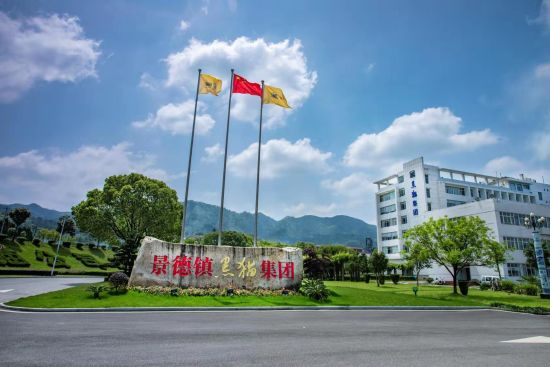In today's era of increasingly stringent environmental protection requirements, ultra-low nitrogen burners have become key equipment for reducing nitrogen oxide emissions in many industrial sectors. However, ensuring their stable and efficient operation relies on a solid equipment foundation.
First, from the perspective of basic installation site selection, the location should be dry, well-ventilated, and on a flat, solid surface. Avoid installing near humid areas or strong sources of vibration, because a moist environment may corrode equipment components and affect their service life, while vibration may cause loosening of the internal structure of the burner, thereby affecting combustion performance and the precision of nitrogen oxide control. For example, in some boiler rooms near large stamping equipment, installing ultra-low NOx burners nearby could lead to continuous vibrations from the stamping process causing misjudgments by the burner's flame monitoring devices, affecting combustion stability.
The basic load-bearing capacity is crucial. Ultra-low nitrogen burners generate a certain amount of weight and vibration during operation, and their foundations must be able to withstand these loads. Generally, it is necessary to perform precise mechanical calculations based on factors such as the burner model, specifications, and dynamic loads during operation to determine the foundation's dimensions, depth, and concrete strength grade. If the foundation's load-bearing capacity is insufficient, issues such as subsidence and cracks may occur. In severe cases, it could even cause the burner to tilt, resulting in uneven fuel supply and incomplete combustion, which not only prevents achieving ultra-low nitrogen emissions but may also lead to safety accidents.
During the basic construction process, construction quality must be strictly ensured. Concrete pouring should be thoroughly vibrated to achieve compaction, avoiding defects such as honeycombing or rough surfaces; the flatness and verticality of the foundation must also meet design requirements, with errors controlled within a minimal range. Reserved bolt holes for connecting the burner should be properly prepared to ensure the accurate installation position of the bolts, so that the burner can be securely fixed on the foundation and prevented from shifting during operation.
A proper drainage system should be installed around the foundation to prevent rainwater from accumulating and causing soaking and erosion of the foundation. Regular inspection and maintenance of the foundation are also essential, checking for any abnormal conditions such as settlement or cracks, so that problems can be discovered and resolved promptly, ensuring that the ultra-low nitrogen burner remains in a stable operating state.
The equipment foundation of ultra-low nitrogen burners is an important guarantee for their stable operation and achieving low nitrogen emissions. Only by strictly controlling multiple aspects such as site selection, bearing capacity design, construction quality control, and subsequent maintenance can a solid foundation be laid for the efficient operation of ultra-low nitrogen burners, enabling them to play their due role in environmental protection and helping enterprises achieve a win-win situation for sustainable development and environmental conservation.

State Power Investment Group Co., Ltd. (referred to as "State Power Investment") is a super large st···

The coal chemical industry has a wide variety of products, a large economic output, and a wide coverage area, ···
24 hours dedicated to serving you
15563365608(wechat)
Address:No. 9 Ningshi Road, Zhangqiu District, Jinan City, Shandong Province
Email:admin@gacoch.com
